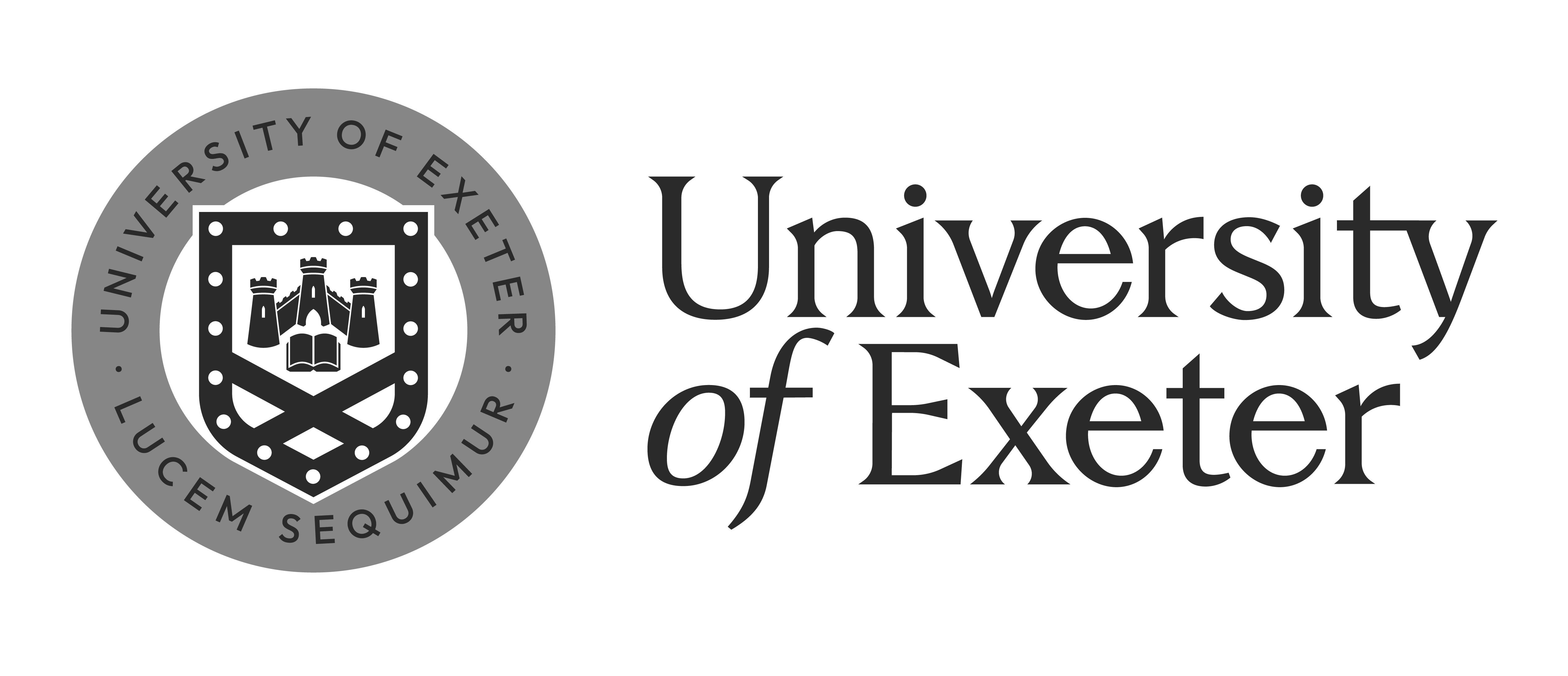S2608 Identity, Heritage and Globalization. The Rule of Law and the Identity of the West (1500-2025)
Professors
Schedule
Course description
The ‘rule of law’, that idea that the free arbiter of public power is restrained by law, forms a core tenet of the political and cultural identity of Europe and the West. This course offers a history of this idea, and its many manifestations in the legal order of Europe and the West, from the 16th century to the present. By embedding constitutional history in both its political and cultural contexts, it shows how ‘the rule of law’ is an inextricable part, both cause and consequence, of the identity of the political and cultural spaces we call ‘Europe’ and ‘the West’. Through the double processes of colonization and decolonization, it also became – a contested part – part of the global order of the 20th and 21st centuries and forms thus an important historic heritage of the West.
The course does offer a bird’s eye on general developments all over Europe and the West, but zooms in on moments of crisis, rapid change and revolutions in particular countries, that are exemplary for Europe-wide evolutions in different periods of history. This allows the embedding of constitutional changes deeply into narratives about power elites' political, economic, religious and cultural agendas as well as consider the concrete impact of political theories and cultural movements – such as humanism, Enlightenment rationalism, romanticism – on key actors and their actions. The aim is to distinguish between changes that were contingent on political contexts and the slow gestation of institutions and abstract doctrines over time. In this manner, a teleological view on the development of the current Western constitutional model of market democracy is avoided; current concerns about its decay are historically framed. The present-day model of market democracy appears as just another, transient form of law-based constitutional and constitutionalist government, that is in need of partial reform rather than justifying despair for its future. As such the course aims to arm students better to understand the current challenges that seem to threaten, within and without the West, democracy and the rule of law.
The course begins with an overture that explains the current Western constitutional model in terms of four pillars: rule of law, pluralist democracy, fundamental rights and free market economy. It begins at the end, with the Western victory at the end of the Cold War (week 1).
In the following 11 weeks the narrative follows a largely chronological course, that begins with the collapse of the late-medieval order of the Christian commonwealth in the 16th century, caused by the Reformation and the rise of humanism (week 2). It then zooms in on the model of the dynastic state, through a study of the two, theoretically opposing constitutional mechanisms, that were simultaneously deployed under the long reign of Louis XIV in France against the backdrop of the baroque Contra-Reformation: transactional management of elite rights (week 3) and legislative absolutism (week 4). Week 5 is devoted to the British constitutional conflict between king and parliaments of the 17th century. This closes the part on Old Regime Europe. Part II ‘Nation-states and empires’ covers the late 18th century to the First World War. It covers the American (week 6) and French (week 7) revolutions, as the two birth acts of the nation-state, and discusses the relative impact of the Enlightenment and romanticism. An analysis of the Belgian revolution and the emergence of a nation-state with a bourgeois ideology and culture (week 8) and lectures on the globalization of the European system in the context of imperialism (with regard to China) and colonialism (with regard to Congo) in week 9 follow. The part on the 20th century focuses on what I call the North-Atlantic revolution, the formation of the North-Atlantic world between the Great Depression and the late 1950s under US leadership. This is preceded by lectures on the Russian Revolution and the Soviet Union (week 10). Week 11 is devoted to the international legal order of the Atlantic world; week 12 is to the emergence of the social welfare state and the related rise of the administrative-expert state and judicial social engineering.
The lectures combine national, constitutional perspectives with reflections on international order and the process of globalization. The close interdependencies between national and international legal orders are discussed.
Leaning outcomes
At the end of the course, students have
- A general knowledge and understanding of the historical development of European and Western constitutional history, and the role of colonization and imperialism in its global impact;
- An insight into the interactions between political and economic power and legal order;
- An insight into the interactions between cultural ideas and legal order, and the central role of law in the identity and global impact of Europe and the West;
- A grasp of the major ideas of key constitutional-political thinkers and their relevance such as Luther, Bodin, Grotius, Hobbes, Locke, Bossuet, Domat, Smith, Sièyes, Constant, Marx, Lenin, Kelsen, Landis or Dürig;
- A grasp of the interactions in the ideas of these thinkers and those of leading humanists (Erasmus), empiricists (Bacon, Locke, Hume), rationalists (Descartes), romanticists (Goethe, Herder, etc.) and positivists (Conte);
- The ability to reflect in an informed and critical manner about the current crisis of the Western constitutional model and frame it against the backdrop of historical knowledge.
Teaching and evaluation method
Students are expected to read the literature for the week in advance of the classes and to make note of the subjects they want to see discussed with more depth in class. The lectures make ample use of historical texts, projected on screen, that are analyzed in order to discover and unearth the most salient points.
The evaluation consists of three parts:
- Student participation (activity and relevance): 10 % before the midterm, 10 % after the midterm
- Paper and presentation: students choose a written constitution, historic or current, of a given country, of which they master the language. They write a reflection (4,000 -5,000 words) on the key elements with regard to core constitutional questions such as democracy, fundamental rights, separation of powers, the role of the judiciary, and hierarchy of norms, relating this to the political backgrounds of the drafting (40 % of the grade).
- Students can turn in their papers during weeks 9-11 of classes and receive feedback before exam week.
- If possible, guided visits will be organized to explore the constitutional history of the Venetian republic.
- Open book, open-question written exam with 4 short essay questions (40 % of the grade).
Bibliography
The main text for this course is my book entitled De rechtstaat. Een geschiedenis van het Westen (Ghent: Owl Press 2024) [The rule of law. A history of the West] I will provide an English translation in time for the course, which may or may not be published by that time. In addition, two chapters on the interactions between law and culture from my book, European Legal History. A Cultural and Political Approach (Cambridge University Press 2009) are provided.
Last updated: January 29, 2025


















